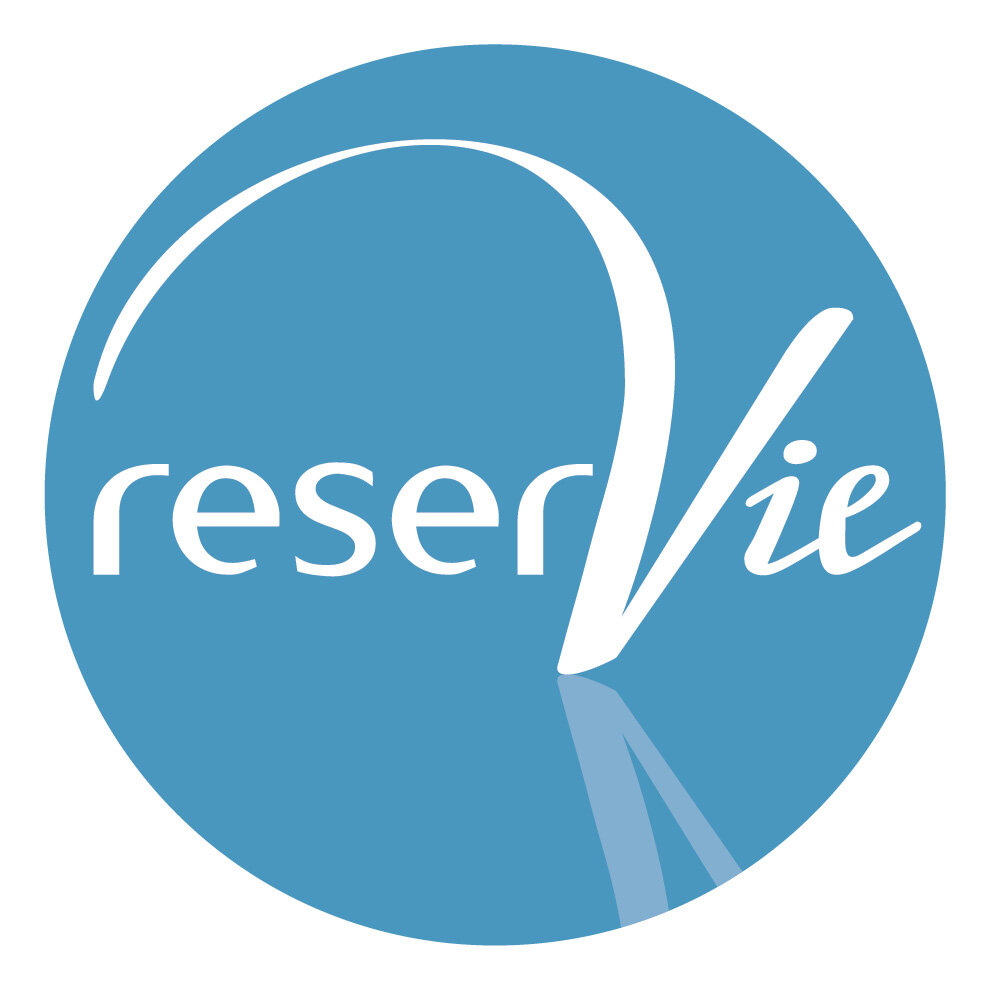In a year of massive flux, financial uncertainty and general unpredictability, our resilience as yoga teachers and studio owners has been tested to the maximum.
Shifting sands: from off-line to online - and back again
Back in March 2020, when many of us hadn’t yet heard of zoom and had never taught an online class, the industry transitioned almost overnight to a 100% online offering. This happened with our own studio Yoga at the Mill on March 17.
Dazed and confused, some of us made the snap decision to pause teaching altogether whilst others found ourselves deep in an alien world of delivering classes to a screen, along with a new set of weird and wonderful technical, personal and energetic challenges.
In the yoga world and beyond, new conversations - and a host of yet more accompanying decisions - quickly developed around the technicalities of using zoom, navigating laptop stands, getting the audio and lighting just right… And as weeks became months, escalating worries around meeting hall or studio rent, grant eligibility and the universally tricky question of how much to charge for online classes.
As the spring 2020 lockdown rolled on (and on) it seemed the yoga industry was becoming polarised: as quickly as studios were closing down, individual teachers were rising up and thriving in an Instagram and personality-focused online world. As things started to open up in the summer, the window of re-opening - for those deciding to go back to in-person teaching at this point - was short, and November came with another lockdown; then again in January 2020.
It was clear the yoga landscape was undergoing a seismic shift, each of us finding our own personal (and business) path amongst the flux.
Looking after Number One
Against this wider backdrop, a set of more personal challenges arose: how to adapt teaching yoga or meditation to a live streamed setting; how to deliver classes from a corner of the spare room, sometimes with young children in the house; how to keep teaching fresh and vital; how to project, vocally and energetically. And increasingly, how to look after ourselves amidst all this.
Whilst teaching yoga, albeit online, continued to offer a real sense of privilege, connection and enjoyment, and perhaps kept us going as much as our classes helped sustain our students, for more than a few there were also growing feelings fatigue, confusion and burn-out.
A year later, as the golden ticket of a vaccination becomes a reality, the path out of lockdown presents a new set of questions and possible directions - not least, when and how, or if, to take classes back to an in-person setting.
The practice of non-attachment
In all of this, the prevailing feeling has been one of change and its natural ally, uncertainty. Like other industries and on a huge collective level, we have had no choice but to become (more?) comfortable with not-knowing.
The road-map out of lockdown still sketchy at best, many questions remain: how long the two-metre rule will last for; realistically, how many students can comfortably - and still safely - be in one room at a time; whether or not to offer hybrid streamed/in-studio classes and the logistics of how this might work.
Being ok with not-knowing is no small task. Patanjali’s Yoga Sutras speak of Aparigraha, often translated as non-attachment: the art of letting go of outcome and following your own calling and intuition rather than getting swept away by the tide of external voices and expectation.
Here are a few questions that may help us find our own version of Aparigraha:
Start with yourself. Consider what kind of yoga business you would like to continue to lead. For example: if you have not enjoyed zoom delivery, why continue in this way in the long term? On the other hand, ff you have enjoyed your classes moving online and have found admin levels hugely diminished, how can you maximise the chances of this continuing? There is little point in running an entity that does not sustain you and that you do not enjoy.
What have you found useful over the last 12 months; what have you enjoyed, or not enjoyed? How can you take the positive elements forwards whilst letting go of that which has not served you, or your students, so well?
Canvas your students’ opinion, though be aware that it’s impossible to please everyone all the time.
Try not to get swept away with what others are doing. You may decide to stay 100% online; you may decide to phase out live streamed sessions entirely - or somewhere in the middle. Use your yoga and/or meditation practice to tune into your intuition, wants and needs. Let answers form in time.
Be prepared to continue to be flexible in approach. The last year has taught us many things, not least that we are more resilient and adaptable than ever. Just like everything else, the yoga landscape will continue to re-form and evolve. There are no definitive rights or wrongs - just the practice of treading your own path, remaining true to yourself and going with the flow. Your students will thank you for this.
By Lucia Cockcroft. Lucia is an ex-journalist, now a yoga and meditation teacher. She is co-founder of online yoga booking software Reservie and yoga and meditation studio Yoga at the Mill.

